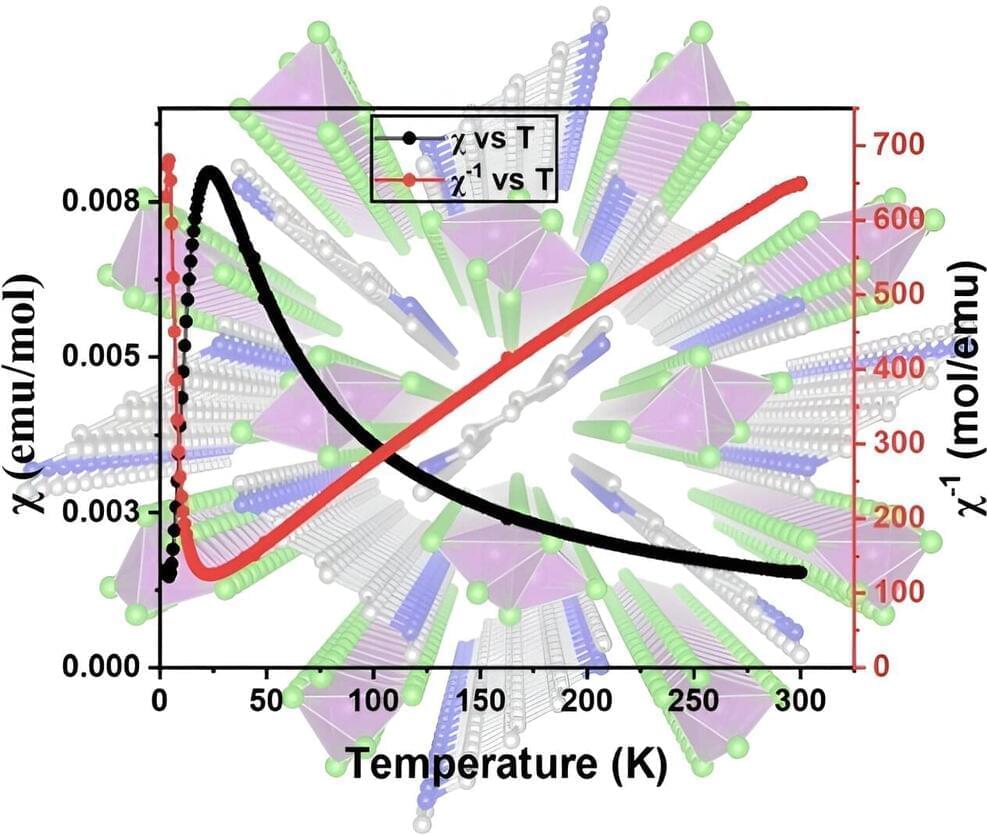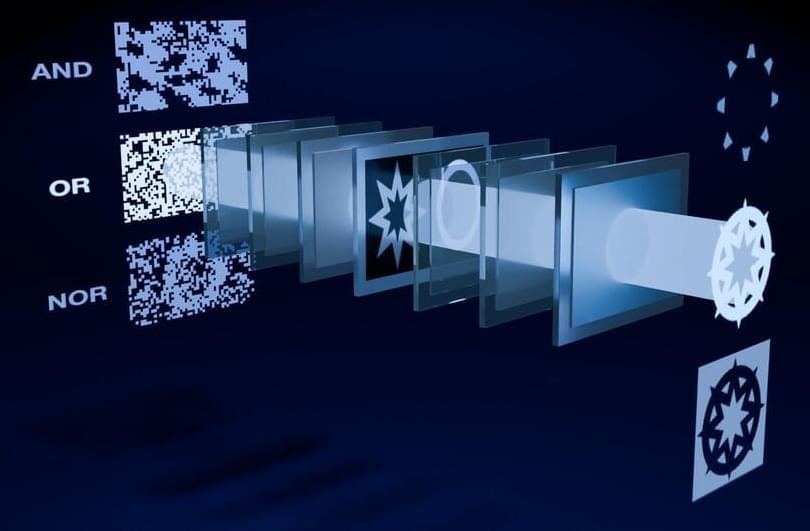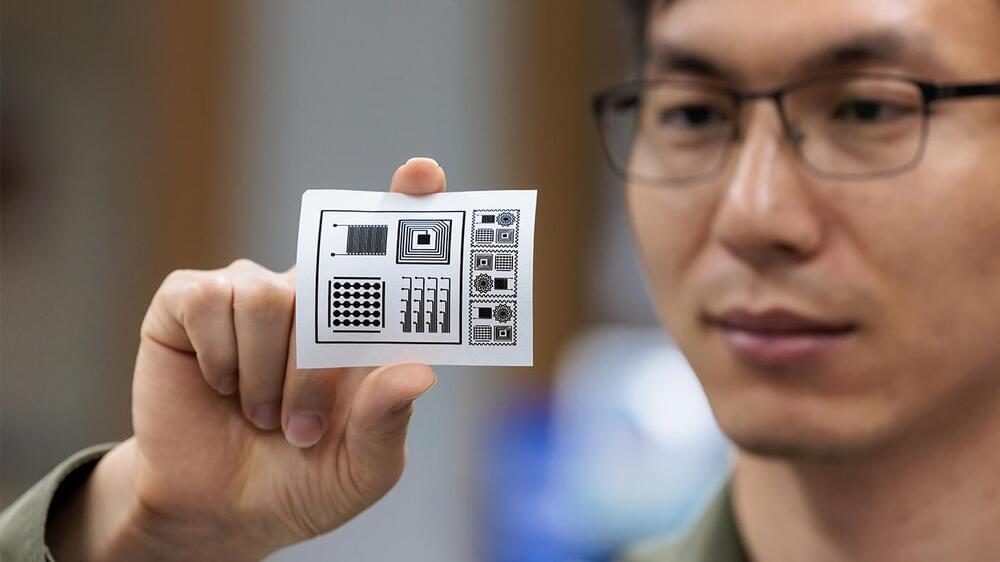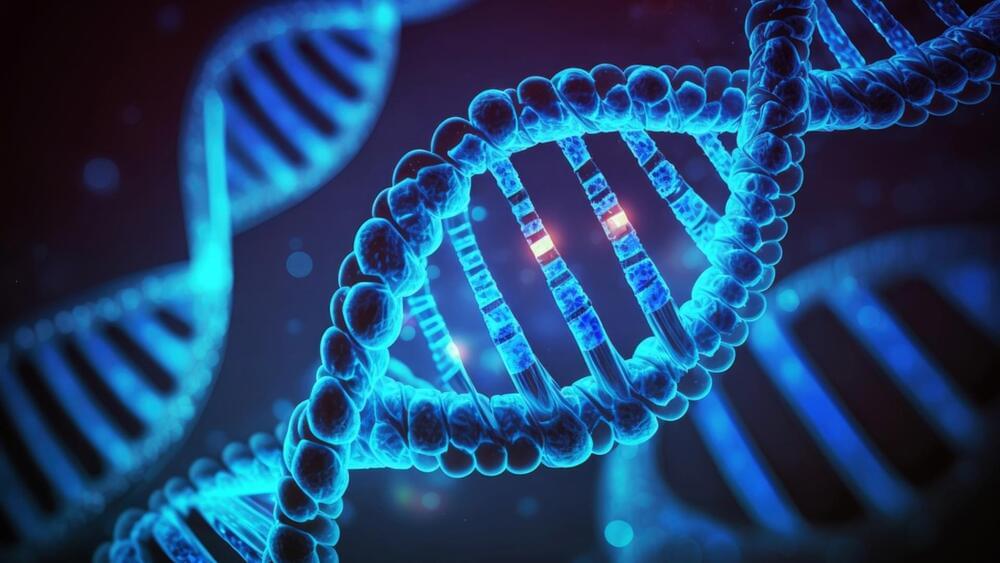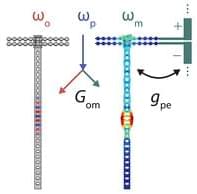Oct 4, 2024
New materials and techniques show promise for microelectronics and quantum technologies
Posted by Saúl Morales Rodriguéz in categories: computing, nanotechnology, particle physics, quantum physics, solar power, sustainability
The next generation of handheld devices requires a novel solution. Spintronics, or spin electronics, is a revolutionary new field in condensed-matter physics that can increase the memory and logic processing capability of nano-electronic devices while reducing power consumption and production costs. This is accomplished by using inexpensive materials and the magnetic properties of an electron’s spin to perform memory and logic functions instead of using the flow of electron charge used in typical electronics.
New work by Florida State University scientists is propelling spintronics research forward.
Professors Biwu Ma in the Department of Chemistry and Biochemistry and Peng Xiong in the Department of Physics work with low-dimensional organic metal halide hybrids, a new class of hybrid materials that can power optoelectronic devices like solar cells, light-emitting diodes, or LEDs and photodetectors.
